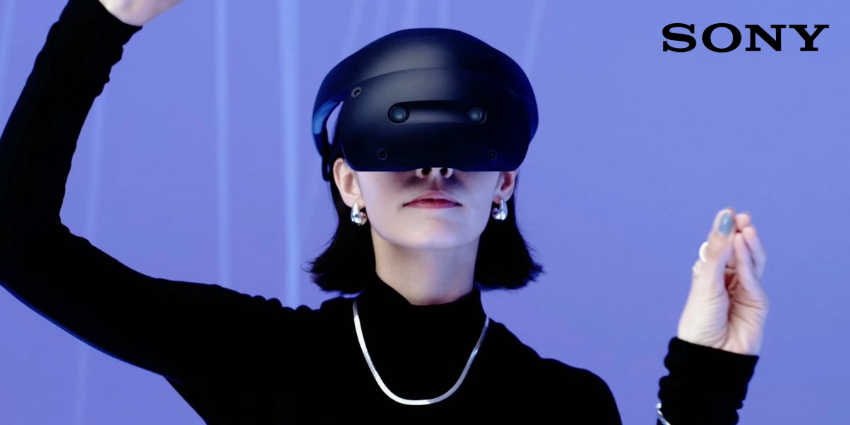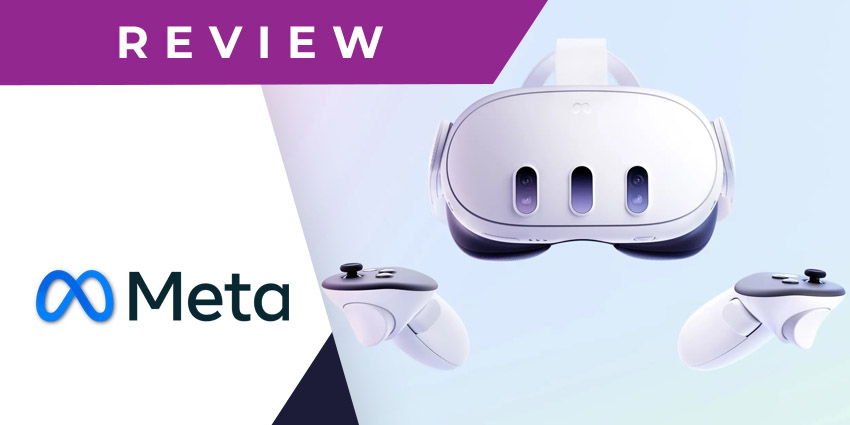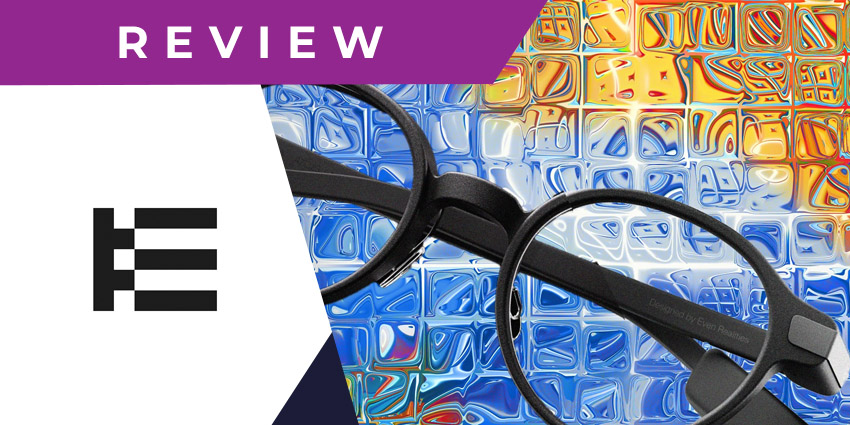Dreaming of spending all your savings on a new Porsche? Why not park one in your driveway and take it for a virtual spin first? That’s the kind of experience customers can expect from the best AR apps. Designed to combine the real and virtual worlds in an immersive way, Augmented Reality is rapidly taking the world by storm.
Because it doesn’t always require a headset, AR is widely regarded as being more accessible than VR, and a lot cheaper to create. However, you still need the right foundations if you’re going to build an incredible AR app. Fortunately, that’s where ARCore comes in.
Produced by Google as a competitor to Apple’s ARKit, the ARCore from Google makes creating AR experiences more accessible to developers around the world. With more than 1 billion installs on the Play Store by December 2020, ARCore has already proven a pretty significant success. As new features emerge within the application at speed, interest is sure to continue ramping up.
Here’s your insight into Google ARCore.
Google ARCore Review: Features
Google ARCore is the convenient and easy-to-access AR development platform from Google. Simply put, this technology gives you everything you need to build immersive AR experiences within the Android environment. The Google ARCore Software Development Kit (SDK) allows users to choose the development environment to suit their needs, and access three crucial capabilities. These capabilities are what align the real and virtual worlds.
Designed to work with all kinds of Android phones, ARCore enables:
- Motion tracking: So the phone can understand and track its position relative to the world.
- Light estimation: Allowing the phone to estimate the current lighting conditions of the environment the user is in.
- Environmental understanding: So the phone can detect the location and size of various kinds of surfaces, including vertical, horizontal, and angled spaces, like a wall, coffee table, or the ground.
Fundamentally, the ARCore kit is constantly doing two things at the same time. It tracks the position of the device the user is accessing as it moves, while simultaneously building an understanding of the real world in relation to the phone. The motion-tracking technology uses the camera on the phone to identify “features” – or interesting points of information.
Tracking how those “features” move over time allows the phone to make better decisions about where certain objects from an AR app should be positioned in the environment. Google ARCore can:
- Detect flat surfaces and place objects against them
- Estimate lighting and use that to cast shadows and detect colors
- Adjust the position of items as a phone user moves and interacts with the real world
- Integrates with existing tools like Unity and Unreal
- Detects depth with object occlusion, interaction, and immersion
- Uses Recording and playback technology
- Accesses cloud anchors for cross-platform, multi-user experiences
Google ARCore Review: Benefits
For developers creating AR experiences for their customers, ARCore from Google is one of the most accessible SDKs on the market. The solution makes it extremely easy to start building environments and experiences in an environment that the smartphone can understand and leverage. The comprehensive kit takes advantage of the camera in most Android smartphones to unlock new experiences in all kinds of apps and games.
What makes ARCore even more appealing to most developers, is like any Google tool, the solution is constantly evolving. The functionality available, as well as the intelligence of the SDK, will improve over time. Some of the things we think are most exciting about AR Core include:
- Constant expansion: ARCore provides a variety of tools for developers to use to help their apps understand the objects and environments of the real world. Environmental understanding technology and motion tracking mean apps can become increasingly intelligent and offer more immersive experiences over time.
- Realistic displays: The light estimation API included in the ARCore SDK allows digital objects to appear more realistically, as though they’re real parts of the physical world. With ARCore elements, you can also insert interactive patterns into the apps you’re building without having to start from scratch. That’s a great touch for developers just getting started with AR technology.
- Cloud Anchors: The Cloud Anchors API is a more recent addition to the ARCore environment from Google. This API basically means that you can share AR experiences across platforms (even with iPhone users) to deliver more consistent, multi-user, persistent environments for your followers.
- Support for multiple builder environments: Google offers a range of UX design guidelines and tools to help developers get started. There’s also the option to access things like Unity AR foundations and Unreal for building deeper, more immersive app experiences.
- Fundamental concepts: Designers can tap into Google’s “Fundamental Concepts” collections to get some inspiration on what they can do with their Google AR environment. It’s a great way to begin building if you’ve just getting started building unique experiences for your customers and users.
Google ARCore Review: Verdict
Google ARCore is an impressive tool from Google’s development team, designed to bring the world of AR into more people’s homes. This all-in-one development kit makes it easy to unlock things like spatial recognition and environmental understanding in smartphone app development. Access to pre-existing tools for intelligence means you don’t have to reinvent the wheel to create a great experience for your users.
As Google continues to build on its investments in both AI and extended reality, there’s no doubt the Google ARCore environment will become even more competitive. Right now, it’s already making waves as one of the most popular entry-level options for AR development.







